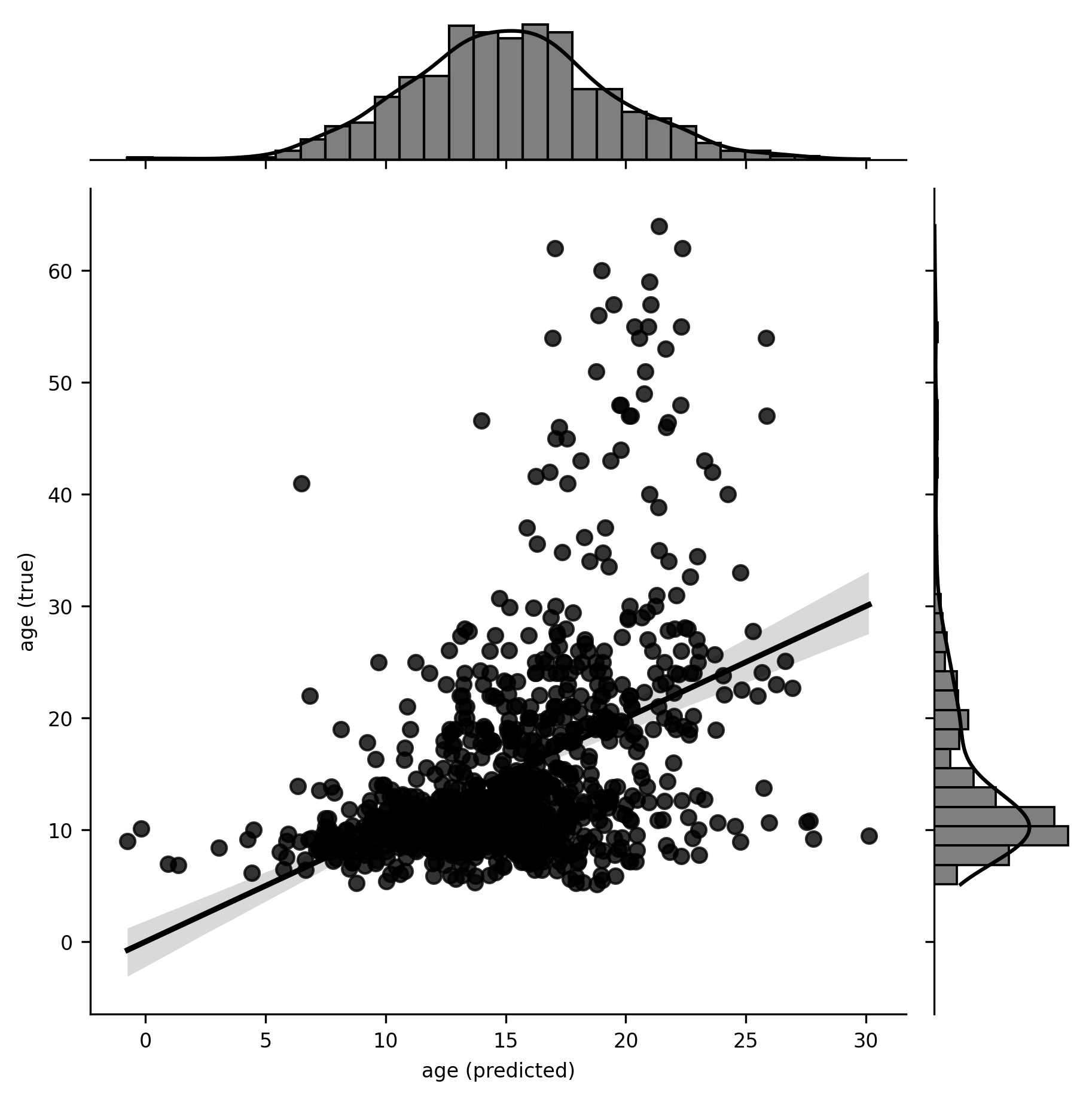Machine learning
What is machine learning (ML)
- A field of science/engineering that builds systems that are capable of learning from experience.
- Very broad and varied, but some common features:
- Algorithms that learn from data, rather than rule-based, hand-tuned systems.
- Performance evaluation focused on well-defined quantitative targets.
- A contrast with “traditional inference”:
- Focused on “prediction”.
- Not as much on “explanation” or “understanding”.
The setup
- Let \(X\) be a set of independent variables, \(n\) rows by \(p\) columns.
- Let’s assume it’s tidy 😊
- \(y\) a dependent variable, \(n\) entries
- So, in fairly general terms:
- \(y = f_\theta(X)\)
- Where \(f\) is some function and \(\theta\) are parameters of this function.
- The goal of ML can be described as defining a procedure that identifies the values of \(\theta\)
- In some cases, also need to learn the form of \(f\)
Types of ML
- Supervised:
- In this case, we have both \(y\) and \(X\) measured.
- Predicting people’s chronological age from structural brain differences.
- Determining whether an email is spam.
- Predicting a person’s rating of a movie based on their rating of other movies.
- Unsupervised:
- In this case, we only have \(X\) (\(y\) may be a latent factor).
- Example from Efron and Diaconis: determining the linear combination of grades that best distinguishes between students.
- Determining sub-types of autism based on brain structure
Supervised learning
- Regression: \(y\) is a continuous variable
- Classification: \(y\) is a discrete variable
Regression

Regression

Classification

Unsupervised learning
- Clustering
- Dimensionality reduction
Clustering

Clustering

Dimensionality reduction

Quantifying performance

Quantifying performance

\(R^2 = 1 - \frac{SS_{res}}{SS_{tot}} = 1 - \frac{\sum{(y - \hat{y})^2}}{\sum{(y - \bar{y})^2}}\)
\(R^2 = 0.2\)
Quantifying performance

Overfitting

Overfitting

Overfitting

Overfitting

Overfitting

Cross-validation

Model selection
- Consider: \(y = X\beta\)
- Fitting: solve for \(\beta\)
- OLS: minimize \(\sum{(y - \hat{y})^2}\)
- But what about the setting where \(p\) >> \(n\)?
- Or with correlated regressors?
- The curse of dimensionality
- Lasso: solve for beta
- Minimize: \(\sum{(y - \hat{y})^2} + \lambda \sum{|\beta|}\)
- Where \(\lambda\) is a hyperparameter
The bias variance tradeoff

But how do we know how much bias?
Lasso

Cross-validation for model selection

Cross-validation for model selection
